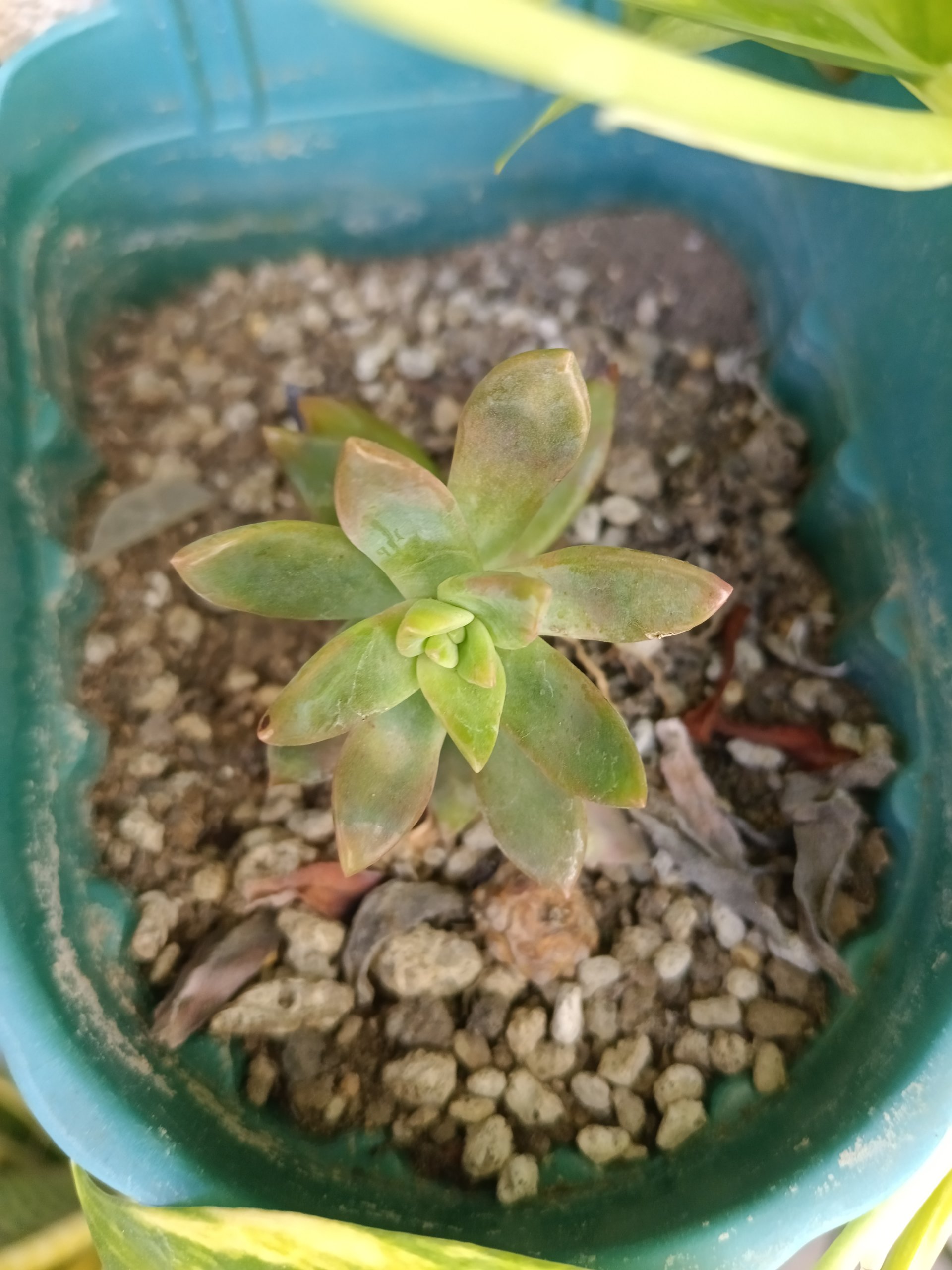Over Fertilization Signs in Succulents
Succulents are known for being easy to care for, but even these tough plants can struggle if they get too much fertilizer. Over fertilization in succulents can cause leaf discoloration, dry leaf tips, white crust on the soil, and stunted growth. Many plant owners add more fertilizer hoping their succulents will grow faster, not realizing that too much can do more harm than good.
If you notice yellow, brown, or drooping leaves, or if your plant suddenly stops growing, it may be reacting to excess fertilizer. Watching for these early signs gives you a chance to fix the problem before your plant’s health declines. Learning what over fertilization looks like will help you keep your succulents healthy year-round.
Key Takeaways
- Watch for leaf damage and white crust on soil after fertilizing.
- Too much fertilizer can slow growth and harm succulents.
- Proper feeding and quick action can prevent long-term damage.
Key Signs Of Over Fertilization In Succulents
Over-fertilization can harm succulents in many ways, showing up through visible changes in leaves and soil. Certain symptoms are clear signs that your plant has received excess fertilizer and may need special care.
Browning Or Yellowing Leaf Tips And Margins
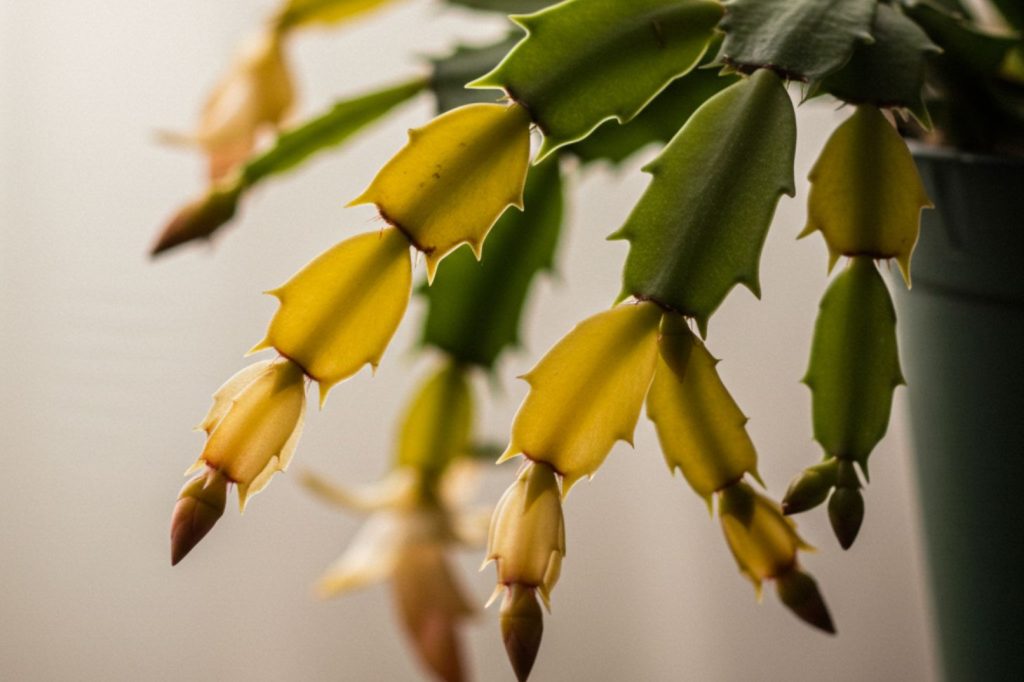
One major sign of over-fertilization is browning or yellowing at the edges and tips of leaves. This is often called fertilizer burn. The problem usually starts at the tips but can spread along the whole margin if left untreated.
Excess fertilizer salts can pull moisture out of leaf tissues, causing the tips to turn brown and appear dry. Sometimes, the yellowing will appear first before the tissue dies and browns.
If you see this happening on multiple leaves at once, it suggests the plant is taking up more nutrients than it can handle. Quick action, such as flushing the soil with water, may help prevent further damage.
Wilting Or Limp Leaves
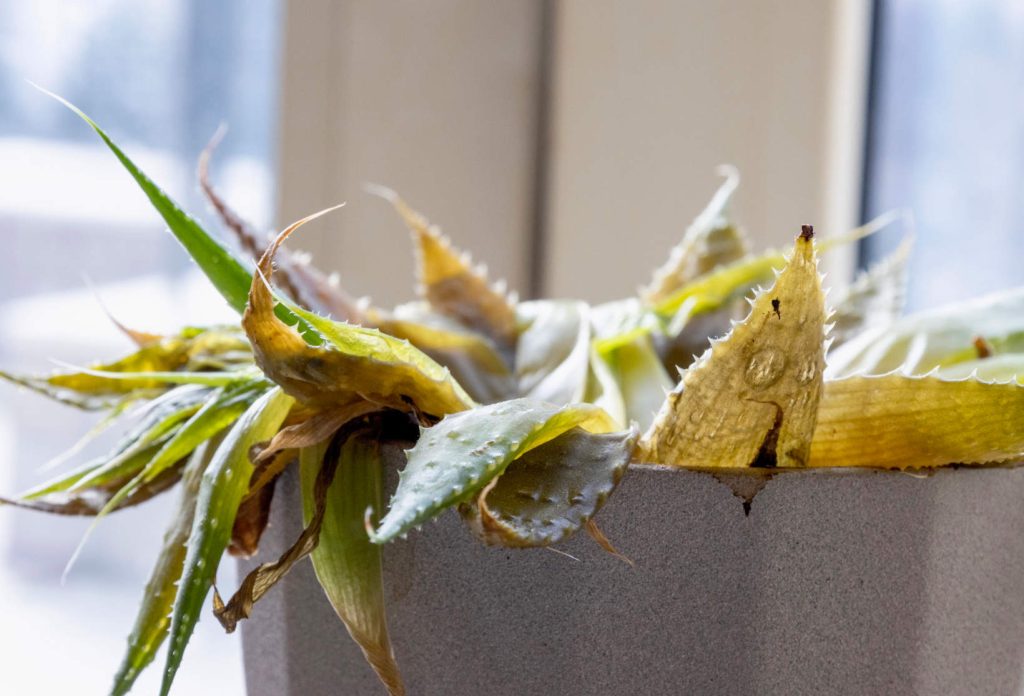
Over-fertilized succulents may develop leaves that wilt or go limp, even if the soil is moist. Fertilizer salts can disrupt water uptake, making the plant look dehydrated despite regular watering.
This change often goes unnoticed at first, since the leaves might just look softer or duller than usual. However, if the limpness continues or spreads, over-fertilization is likely the cause, not underwatering.
In severe situations, you may also notice some leaves turning mushy or translucent. These are warning signs and you should check both your watering schedule and recent fertilizer use.
Leaf Drop And Defoliation
Too much fertilizer can lead to sudden leaf drop or defoliation in succulents. Lower leaves will turn yellow, shrink, and fall off prematurely. In some cases, even healthy-looking leaves may detach with a gentle touch.
This stress response is the plant’s way of protecting itself from nutrient overload. You may notice the stem left bare or missing clusters of leaves, which can affect future growth. If left unaddressed, further over-fertilization may cause the plant to shed even more leaves, making recovery much harder.
Rapid defoliation is a critical sign. It’s important to lower fertilizer use right away and check for other issues like water stress.
Crust Of Fertilizer On Soil Surface
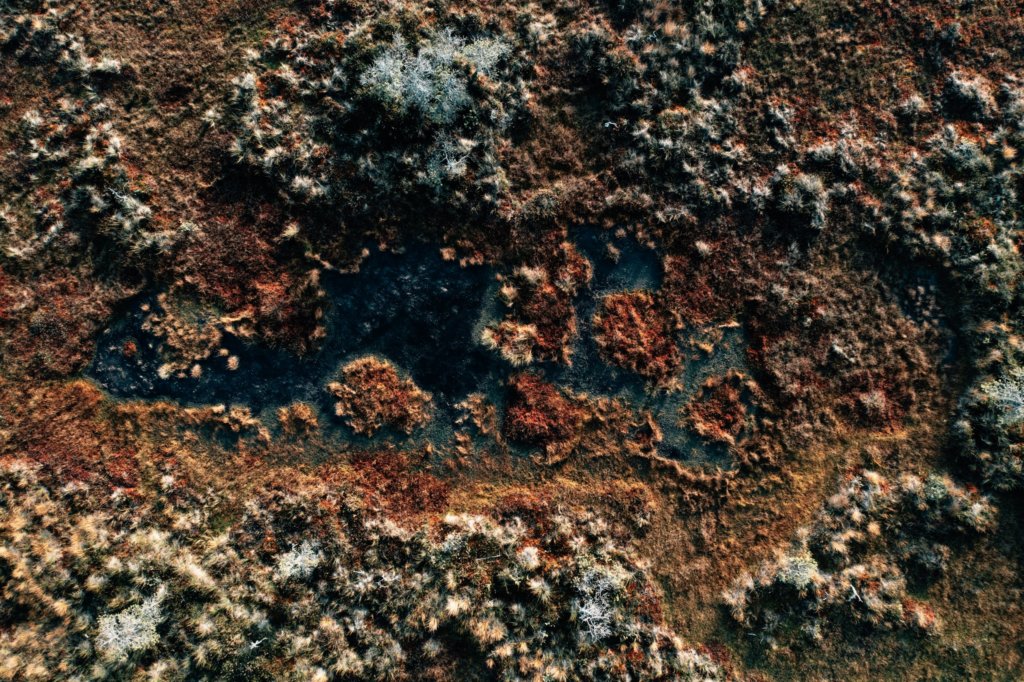
A white or yellowish crust on the surface of your succulent’s soil is another clear sign of over-fertilization. This crust is made of leftover salts from excess fertilizer that the plant has not absorbed.
You may see this more in pots where water does not drain well. The buildup can harm root health, interfere with water uptake, and even change soil pH. If this crust forms, it should be gently removed and the soil should be flushed with plain water to help remove remaining salts.
Tip: Always check for this crust if you notice other symptoms to catch problems early. Regularly flushing the soil and careful fertilizer dosing can help prevent future cases.
Impact Of Excess Fertilizer On Succulent Health
Over-fertilization can harm your succulents by changing their normal growth patterns and leading to visible health problems. High levels of fertilizer cause leaf damage, weak roots, stunted growth, and a higher risk of plant death.
Root Damage And Limp Roots
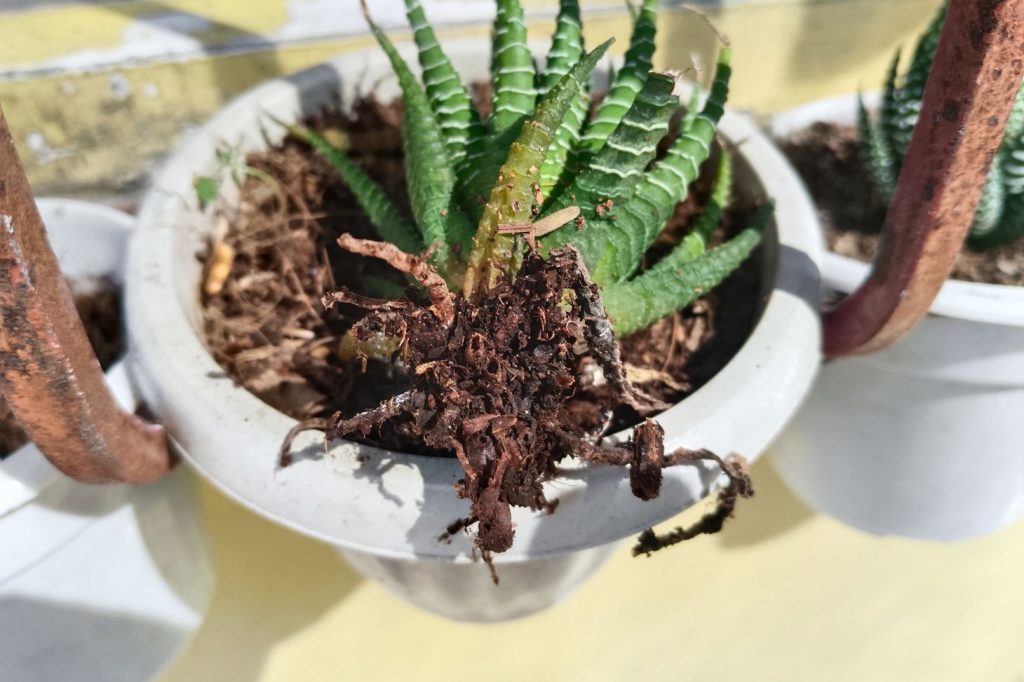
Too much fertilizer in the soil can cause a build-up of mineral salts around the succulent’s roots. This can stop roots from taking up water, making them limp, soft, and mushy. Fertilizer burn appears as brown or black root tips and shriveled root sections.
You might notice your plant looking weak even when the soil is damp. Limp roots can rot easily, which makes the whole plant unstable in its pot. If roots start rotting, they cannot support the plant or move water to the leaves.
Over time, the plant may show signs like wilting or closed leaves, even though you are watering regularly. To help, you can flush the soil with clean water to remove extra fertilizer. Removing visible fertilizer from the soil surface can also limit further damage.
Stunted Or Slow Growth
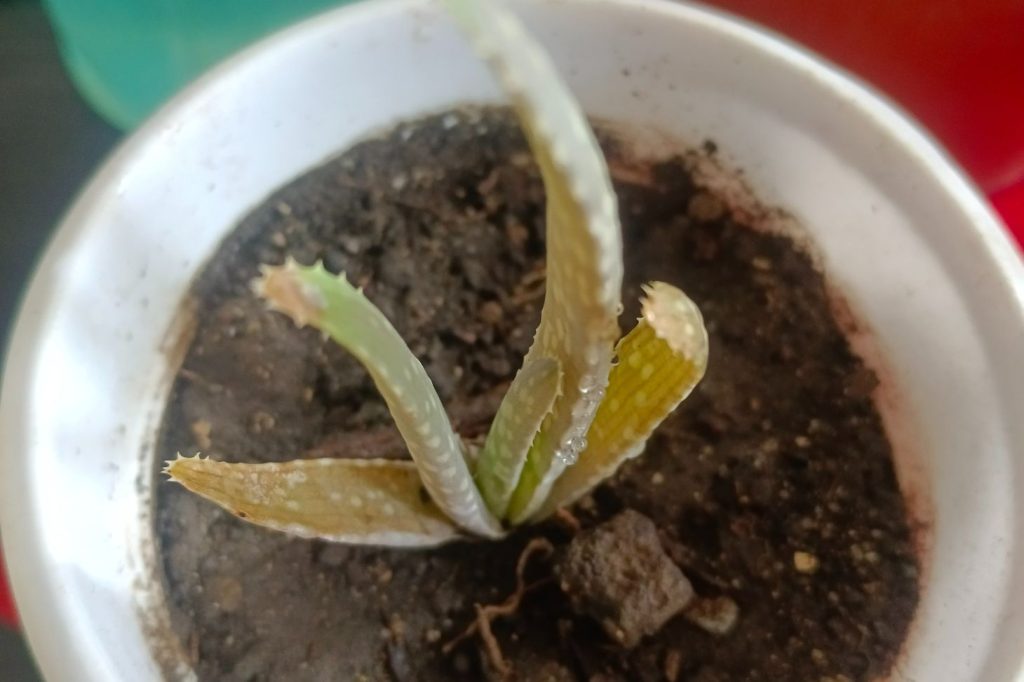
Excess fertilizer can stop succulents from growing as they should. Instead of helping, too much fertilizer stresses the plant, causing stunted or slow growth. You might expect your plant to grow faster with more fertilizer, but the opposite often happens.
Succulents are used to soils with few nutrients, so high levels of minerals can clog up their natural water system. The plant may stop making new leaves or stems. Weak roots also limit the plant’s ability to absorb nutrients and water, making growth slow down even more.
You may see new leaves come in smaller than normal or dull in color. Growth may simply stop. Red or brown spots can also appear because of salt build-up in leaves.
Tips to help stunted growth:
- Stop adding fertilizer right away
- Water soil to get rid of extra fertilizer
- Trim damaged leaves and wait for healthy regrowth
Sudden Death Of Seedlings
Young succulents and seedlings are the most sensitive to over-fertilization. They have very delicate roots that cannot handle strong fertilizers. If too much fertilizer is added, seedlings can die very quickly, sometimes within just a few days.
Seedlings may turn yellow, wilt, and suddenly collapse. Their tiny roots burn easily, leading to fertilizer burn and root rot. In some cases, whole trays of seedlings will die off before growing their first true leaves.
The main risk is that the roots are not long enough to handle rapid changes in soil nutrients. Seedlings need extra care when watering or fertilizing. When using fertilizer, always use half-strength or less, and water well to prevent salt build-up.
Causes And Common Mistakes In Fertilizing Succulents
Succulent care mistakes often stem from applying the wrong amount or type of fertilizer. Small errors can lead to nutrient overload, root damage, or unhealthy plant growth.
Improper Fertilizer Application And Dosage
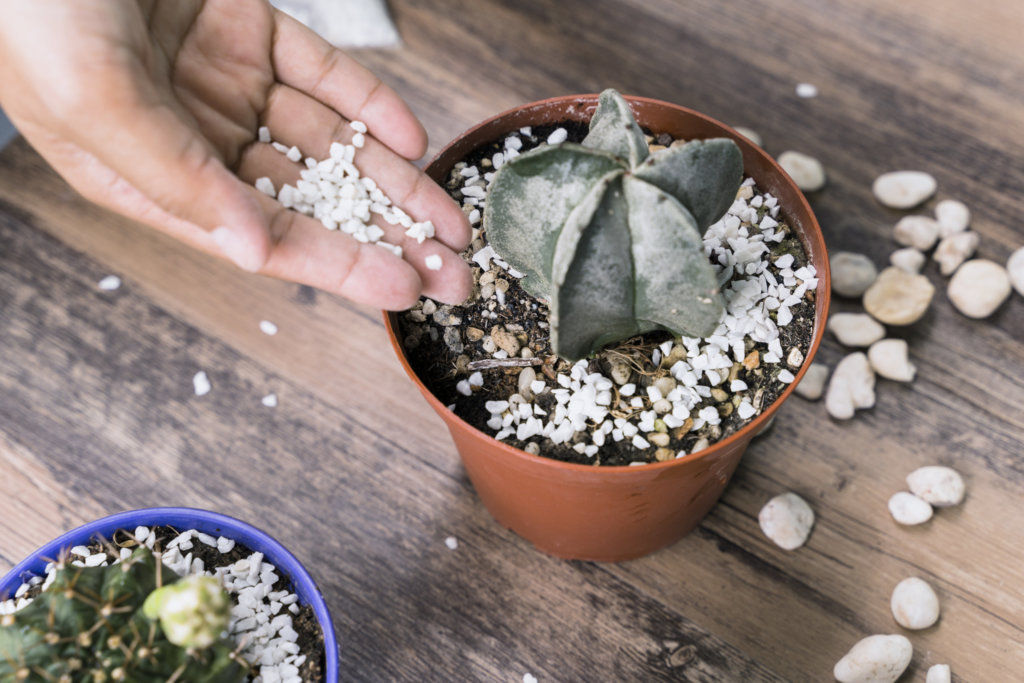
Over-fertilization is a common problem. When you apply too much fertilizer or feed succulents too often, salts can build up in the soil. This buildup can cause root burn or yellow, wilted leaves.
Succulents need far less fertilizer than other houseplants. They do best with diluted feedings, usually at half strength. Using full-strength fertilizer or increasing the dosing frequency can weaken stems and make plants more prone to pests.
Simple Dosage Tips:
- Fertilize once a month during the growing season (spring and summer).
- Always use a diluted liquid fertilizer.
- Avoid feeding during dormancy in winter or fall.
Too much nitrogen can encourage soft, leggy growth instead of compact, healthy plants. Stick to the “less is more” rule for best results.
Wrong Fertilizer Type And Nutrient Imbalance
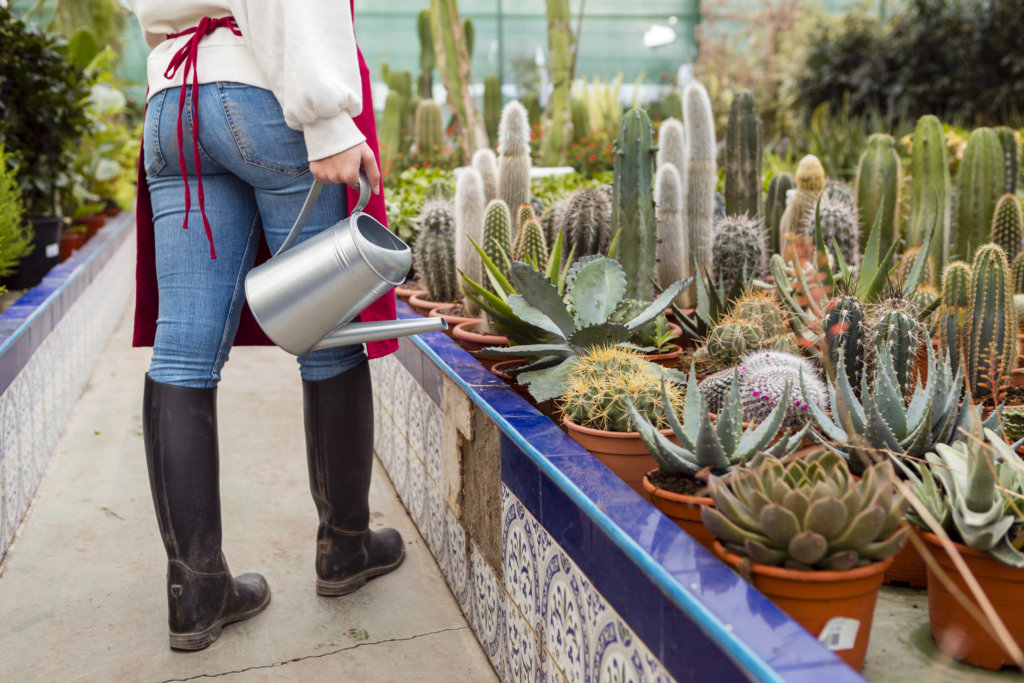
When choosing a fertilizer, look for an N-P-K ratio that’s low in nitrogen (N) and higher in phosphorus (P) and potassium (K). Good examples of this would be ratios like 2-7-7 or 1-3-2. A high-nitrogen blend, often used for leafy plants, can throw off their growth. Succulents are adapted to low-nutrient environments, so an all-purpose fertilizer can do more harm than good unless you dilute it.
Fertilizers meant for cacti or succulents have the right ratio of nutrients. Using the wrong type, such as a regular indoor plant food, can lead to nutrient excess and symptoms like weak stems or burnt roots.
To prevent nutrient imbalances, look for formulas labeled for succulents or mix standard fertilizer at half or quarter strength. Watch for leaf yellowing or browning, which may signal too much or the wrong type of fertilizer.
Fertilizing Potted Versus Outdoor Succulents
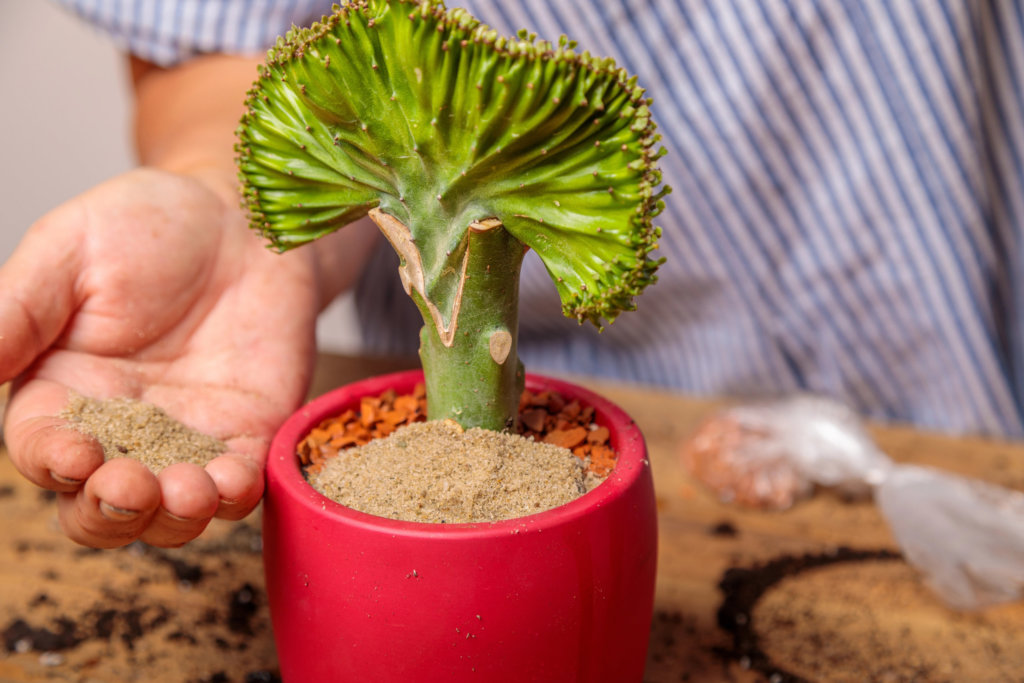
Potted succulents need more careful fertilization. Soil in pots loses nutrients quickly, but it also builds up salts fast if over-fertilized. When you water indoor succulents, some fertilizer stays trapped in the pot, increasing the risk of root burn.
Outdoor succulents often grow in larger soil volumes, which helps dilute excess nutrients. They generally need less frequent fertilization, especially if planted in the ground. Still, outdoor soils can vary, sandy or rocky soil might require occasional light feeding.
For both types, always use a well-draining mix. Never fertilize right after transplanting, wait until roots have settled to avoid shock. Consistent but sparse feeding keeps both potted and outdoor succulents healthier and more resilient.
How To Respond To And Prevent Over Fertilization
Dealing with too much fertilizer can stress your succulents and damage their roots. Taking the right steps fast helps your plants recover and reduces the risk of more problems later.
How To Flush The Soil And Remove Excess Fertilizer
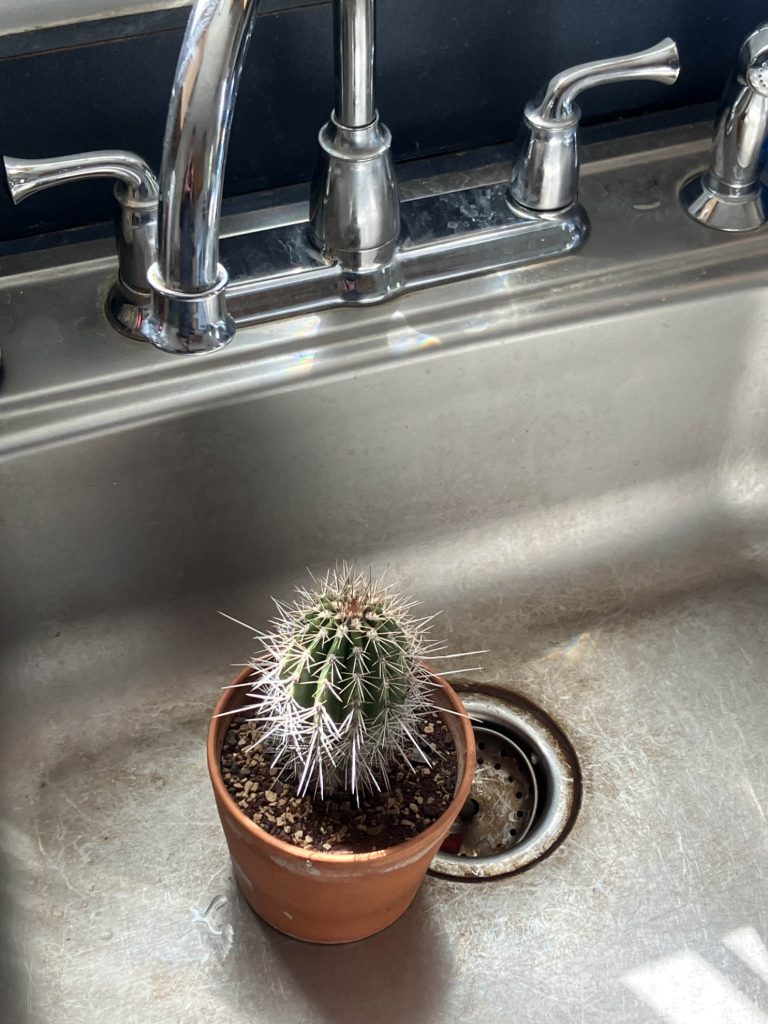
Start by removing any visible fertilizer granules from the soil surface. If you notice a white crust on the soil, scrape it off gently. The next step is to flush the soil with plenty of water.
For potted plants, place the pot in a sink or outside. Run water through the soil until it drains freely from the bottom. Repeat this process two to three times, letting the excess water drain each time.
Flushing washes away built-up salts and fertilizer. This is most effective for mild to moderate over-fertilization. Avoid letting your succulent sit in water, as wet roots can lead to rot.
Steps To Recover Affected Succulents
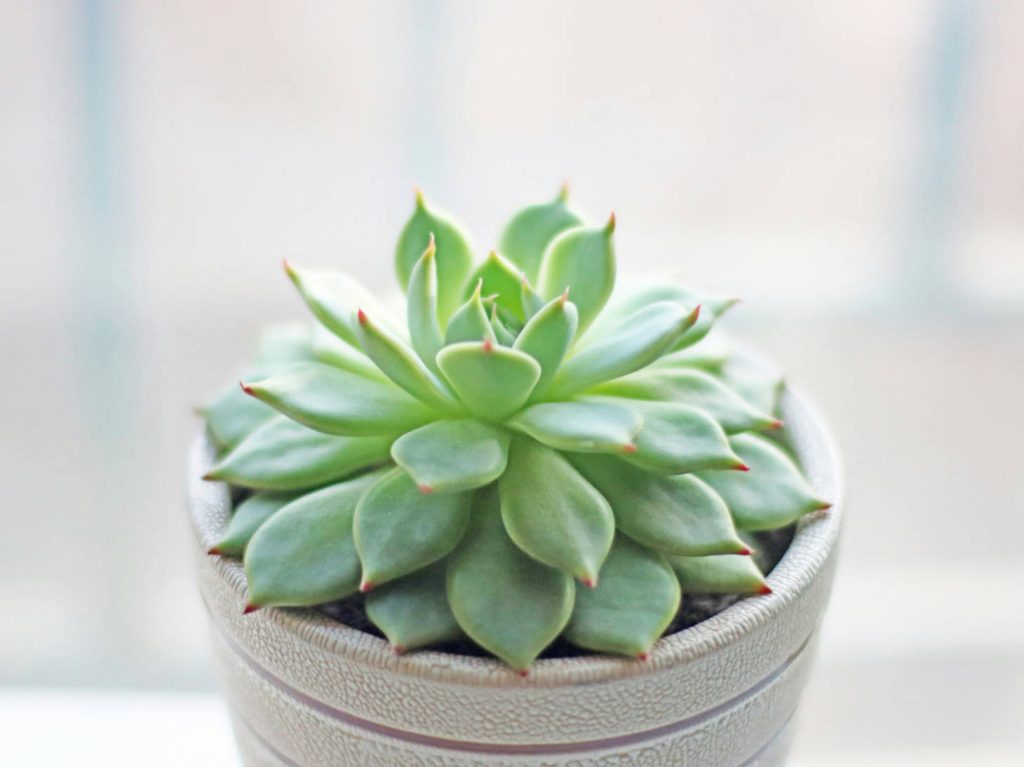
After flushing, move your succulent to a spot with bright, indirect sunlight. Watch for leaf drop or wilting, which can happen even after treatment. Only water again when the soil is completely dry.
Trim off damaged or blackened roots with clean scissors. Use fresh, well-draining soil if you think the old soil is too salty or compacted. Avoid fertilizing for several weeks, your plant needs time to adjust.
During recovery, check your succulent weekly. Look for new growth, which is a good sign of recovery. Remove any dead or mushy leaves.
Prevention Tips And The Role Of Soil Testing
Use fertilizer sparingly and always follow product directions. For most succulents, fertilizing once a month during the growing season is enough. Dilute fertilizer to half the recommended strength if you are unsure.
Soil testing helps you know if your soil already contains enough nutrients. Simple test kits are available at garden centers. Testing before fertilization can prevent over-application.
Keep a journal or schedule for each plant. Only fertilize actively growing plants. Well-draining soil also helps prevent salt build-up and over-fertilization.

